Washington’s Big Four Ice Caves, one of Snohomish County’s most popular nature destinations, about 20 miles east of Granite Falls, offers an experience well worth the journey.
The caves are located off Mountain Loop Highway, and an easy walk along a path and over a bridge leads visitors to caverns carved by an avalanche chute, shaped by millions of years of shifting tectonic plates. The ice caves are typically visible and accessible between spring and fall, and thanks to the restoration of the bridge after three years, access has been restored.
Thousands of visitors flocked to the caves until 2019, when the aluminum footbridge gave out along the 1.1 mile path that leads to the icy mountainside. Years of erosion on the bank of the South Fork Stillaguamish River has damaged one of the structure’s footings.
Late last month, lengthy repairs on the footbridge were finished, and the completed path was reopened to the public. The gentle trail is accessible to people with most every level of mobility — a unique thing in the heart of the North Cascades.
U.S. Forest Service rangers spearheaded the restoration, using funds from the Great American Outdoors Act. The restored bridge has been extended to reduce the risk of erosion.
Visit with caution
Visitors are urged to enjoy the caves from the viewing area – do not venture inside or on top of them. The ice caves vary in size from season to season and are incredibly dangerous. Four people have died in and around the caves from falling snow and ice since the late 1990s. Several others have been injured. Warning signs and memorials remind people that melting, unstable ice can kill.
Mount Baker-Snoqualmie National Forest ranger Colton Whitworth said the public must heed caution when visiting the area.
“Big Four Mountain and the ice caves are part of an ever-changing environment,” he said. “Avalanches and rock fall are a potential hazard year-round. We want people to enjoy that ecosystem. But we urge visitors to maintain a safe distance, stay on the designated trail and never enter the ice caves.”
At Big Four, the ice caves aren’t the only attraction. The nature preserve is considered one of the best birding areas in the North Cascades with numerous visiting species, including red-breasted sapsuckers and spotted sandpipers. Familiar calls of red-winged blackbirds can be heard echoing across the marshland. If you’re lucky, look down and you might just spot an elusive beaver.
In a past life, the area was home to a bustling railroad hotel.
The Big Four Inn was built in 1921 to increase tourism on the Monte Cristo Railway. One busy season, more than 6,000 visitors slept in the fancy, 35-room inn.
In September 1949, the inn burned to the ground. All that remains of it today is the lobby’s large stone fireplace.
More repairs are on the horizon for the path in the nature preserve, Whitworth said. The Forest Service has plans and funding to repair sections of path’s boardwalk in the near future.
Big Four will be open to the public as long as the Mountain Loop is open. When the Washington State Department of Transportation closes that highway, the nature preserve will be closed off until spring when it’s reopened.
Getting there
From Highway 92 east, turn left onto Mountain Loop Highway. In 10 miles, pass the Verlot Ranger Station on the left. A mile after the ranger station, cross a blue-and-gray bridge. Thirteen miles from the bridge, look for a sign marked “Ice Caves Trailhead” on the right side of the highway. Turn in and park in the paved lot.
Visitors must pay for a $10 day pass fee or bring a Northwest Forest Pass.
Learn more at wta.org/go-hiking/hikes/big-four-ice-caves
Plan your adventures throughout the West Coast at westcoasttraveller.com and follow us on Facebook and Instagram @thewestcoasttraveller. And for the top West Coast Travel stories of the week delivered right to your inbox, sign up for our weekly Armchair Traveller newsletter!



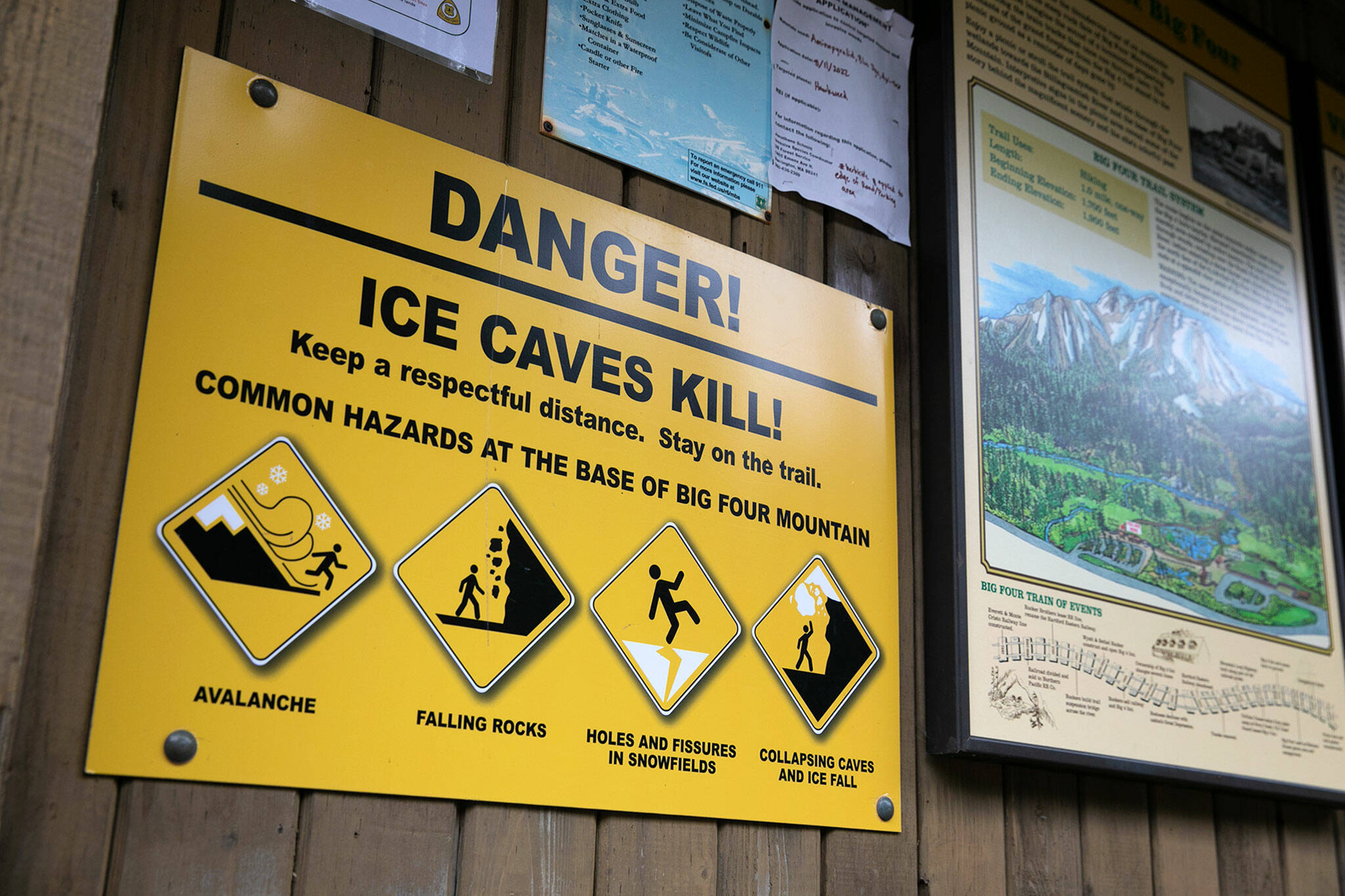
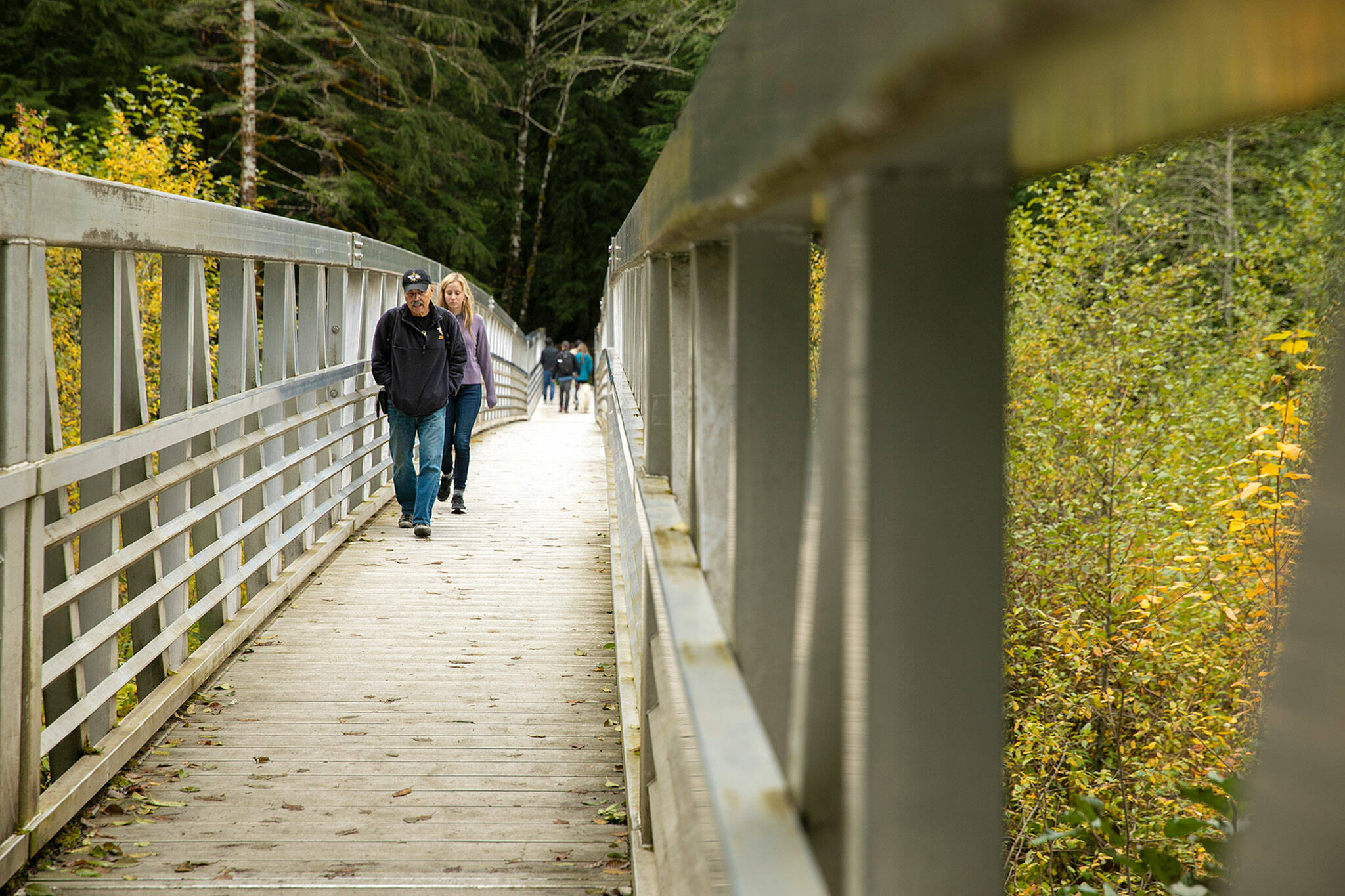
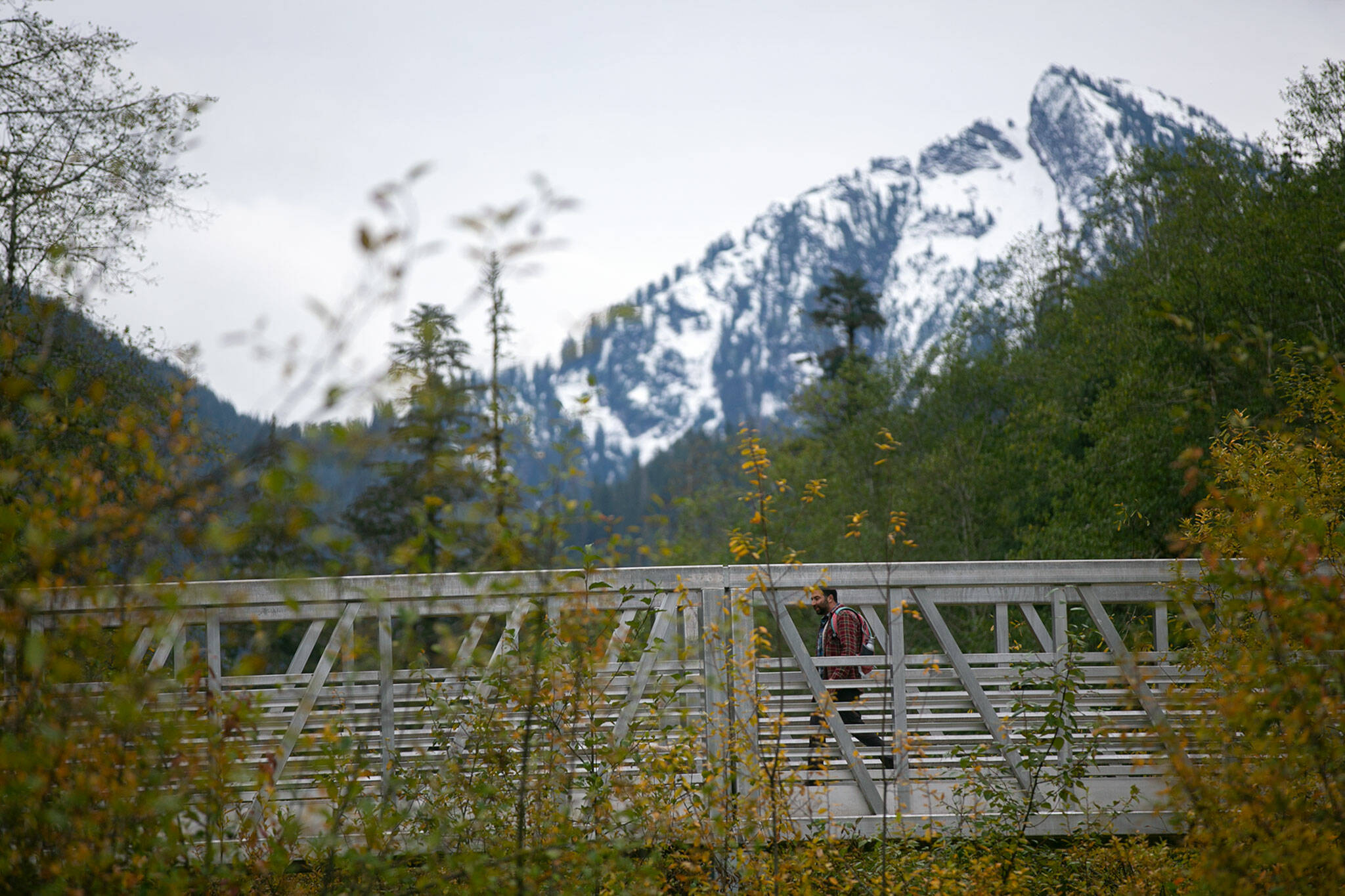



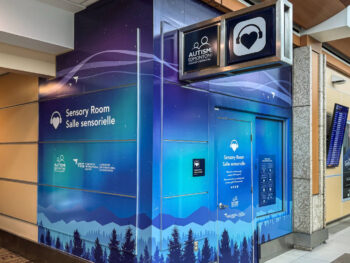
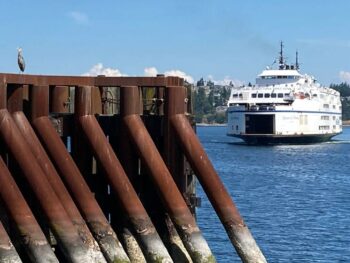
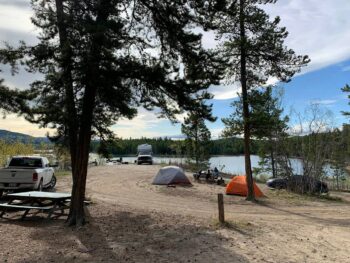
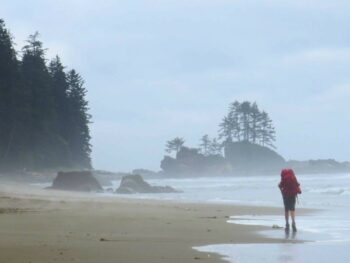

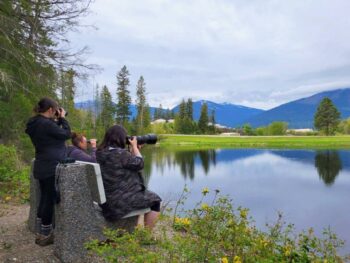
 Canada’s tourism spending may recover sooner than expected: Destination Canada
Canada’s tourism spending may recover sooner than expected: Destination Canada